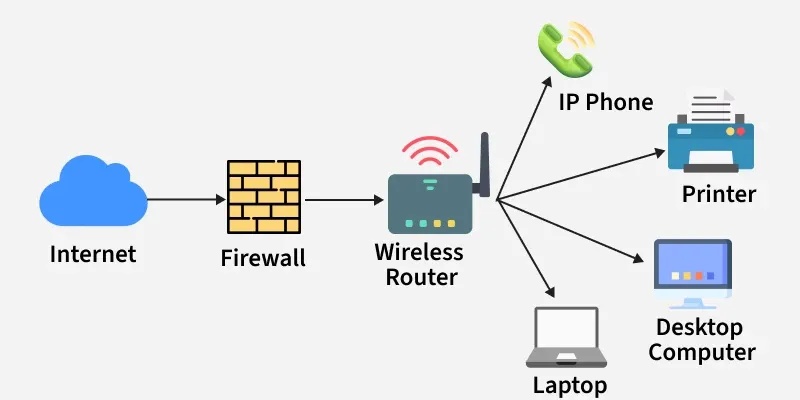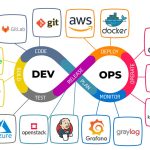What is a Network?
A network connects two or more computers/devices to share resources.
-
LAN (Local Area Network) – Small area like a home or office
-
WAN (Wide Area Network) – Larger area, like the internet
-
MAN (Metropolitan Area Network) – City-wide networks
-
PAN (Personal Area Network) – Bluetooth devices
7.2 Network Devices
-
Router: Connects different networks and routes traffic
-
Switch: Connects devices in a LAN
-
Hub: Basic device, sends data to all ports
-
Modem: Modulates and demodulates internet signals
-
Access Point: Provides wireless connectivity
7.3 OSI Model (7 Layers)
-
Physical – Hardware (cables, switches)
-
Data Link – MAC addresses, Ethernet
-
Network – IP addresses, routing
-
Transport – TCP, UDP (ensures data delivery)
-
Session – Manages connections
-
Presentation – Data translation and encryption
-
Application – Interface for applications (HTTP, FTP)
7.4 TCP/IP Model (4 Layers)
-
Application, Transport, Internet, Network Access
-
Protocols: HTTP, HTTPS, DNS, DHCP, FTP
7.5 IP Addressing
-
IPv4: e.g., 192.168.1.1
-
IPv6: e.g., 2001:0db8::1
-
Subnetting divides networks for security and performance.
7.6 Ports and Protocols
-
Port 80: HTTP
-
Port 443: HTTPS
-
Port 21: FTP
-
Port 25: SMTP (email)
7.7 Network Troubleshooting Tools
-
ping– Test connectivity -
tracert/traceroute– Show route to a destination -
ipconfig/ifconfig– View network settings -
nslookup– Check DNS resolution








